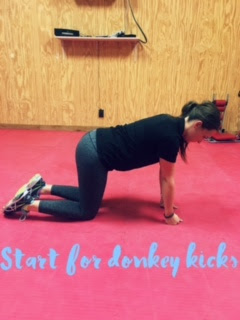The common thought would be that as one sees their weight increasing, they could start cutting back on calories or increasing exercise to shift the body out of the excessive calorie balance. This normally would result in weight and fat loss. But sometimes there are internal factors that may make it more difficult for certain individuals to do that, especially from the eating perspective. This is where leptin comes into play as it relates to hunger. Leptin is a hormone that is released by fat cells and binds to leptin receptors in the brain. The brain responds to the hormone, which normally signals that the body has consumed enough food and we should stop eating. Too much leptin, however, can lead to a condition called leptin resistance, in which the brain stops responding to leptin and therefore doesn't receive the signal to stop eating. Overeating ensues and the weight starts to increase. The problems then multiply as more fat cells are now producing more leptin and this leads to even further insulin resistance, similar to what happens in insulin resistance that leads to diabetes. And as you can see, the two processes actually progress hand in hand.
The best defense to stopping both of these conditions from progressing, or developing in the first place, is to start with the diet. Yes, exercise is just as important, but the calories you burn can’t make up for a diet that is poor in quality and driving things such as insulin resistance. In order for us to feel a sense of fullness or satiety, it all starts with the TYPES of foods we eat. Diets high in processed foods with too much sugar that spikes insulin, refined grains that are lacking in fiber, and food additives that actually stimulate hunger will undermine the best weight management strategies. Therefore, the basic strategy is to focus on whole foods for the majority of your diet. Fruits and vegetables will supply most of your fiber, healthy carbohydrates and many vitamins, and should be the bulk of your diet. Lean meats, beans and nuts and seeds will offer protein, healthy fats, fiber and minerals. Essential fats should come from healthy oils like coconut, olive and grapeseed and foods like avocados, olives and fatty fish. And we should always be consuming at least half of our body weight in ounces of water for proper hydration. Taking these steps will not only give us a natural sense of satiety since the foods will not cause a blood sugar roller coaster, but they will also begin the process of reversing insulin and leptin resistance, making you more likely to stay on track with a better diet that will lead to lower weight and a healthier body.







